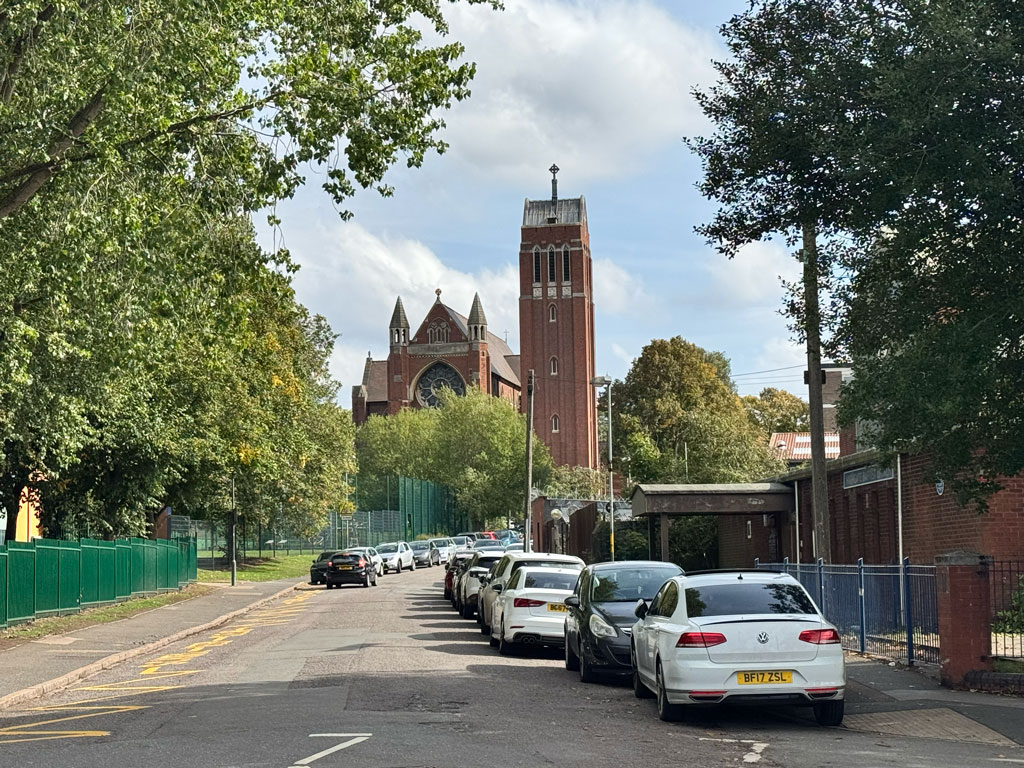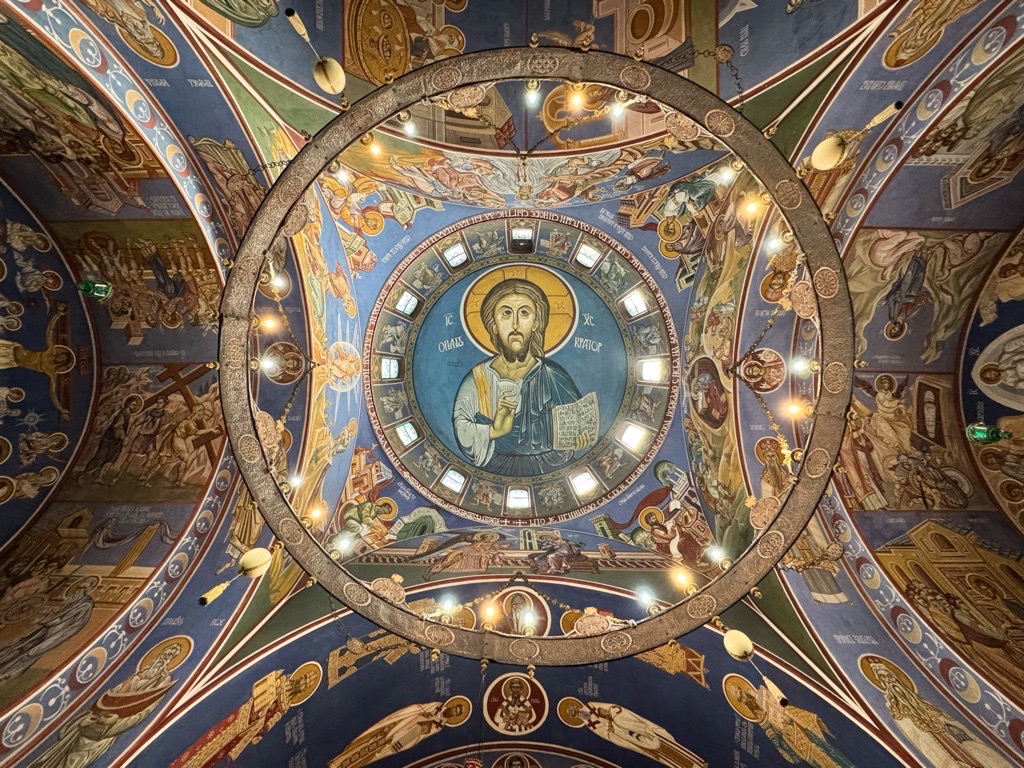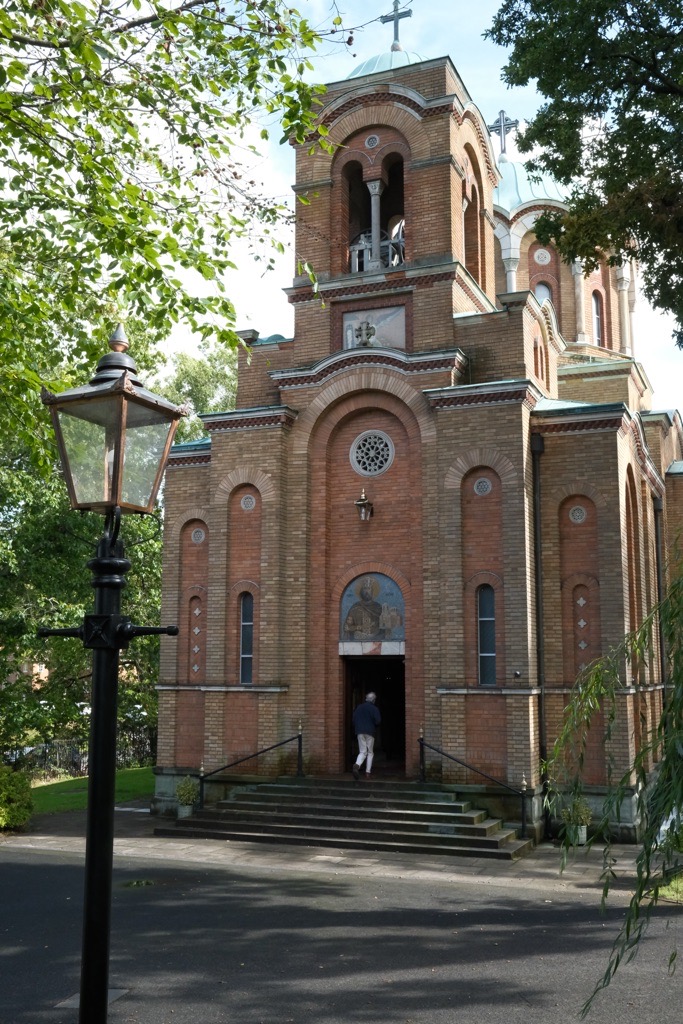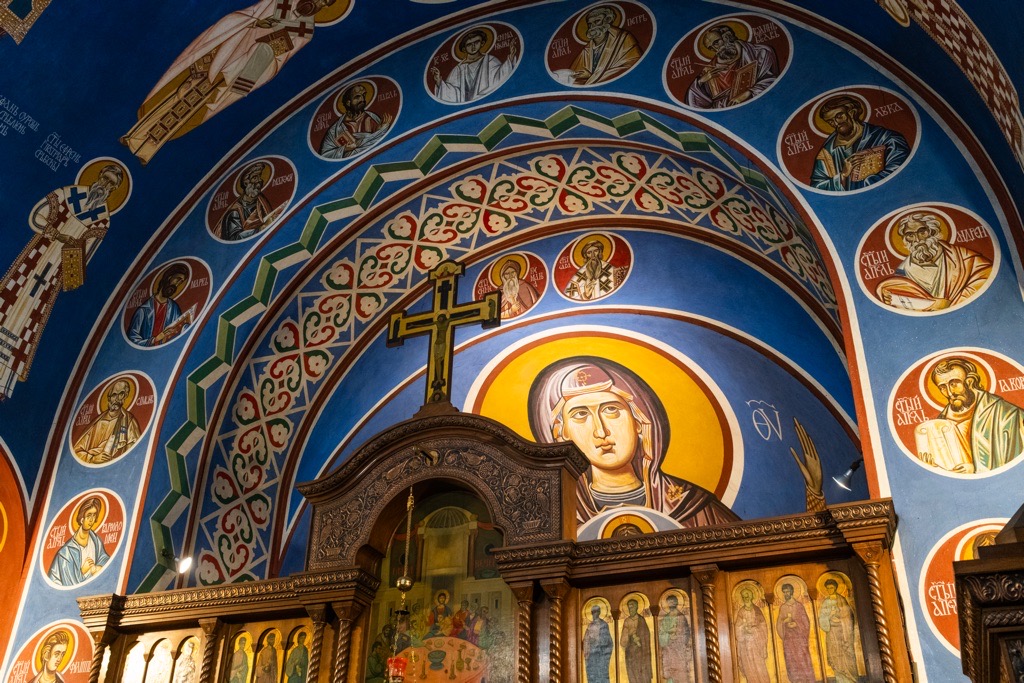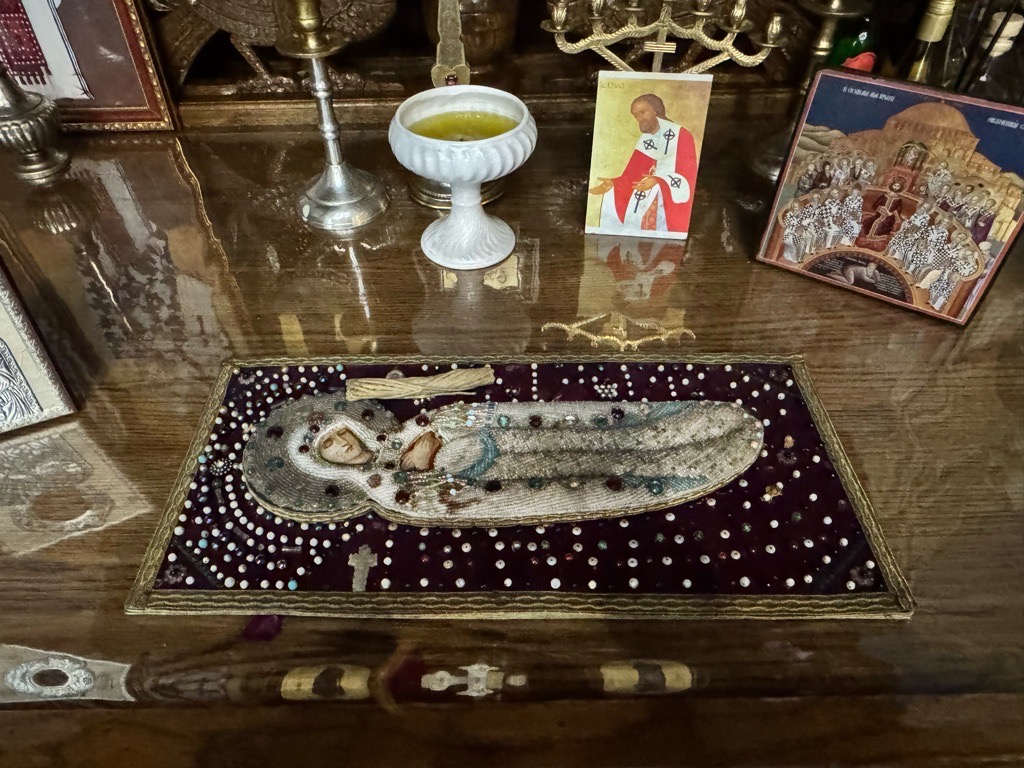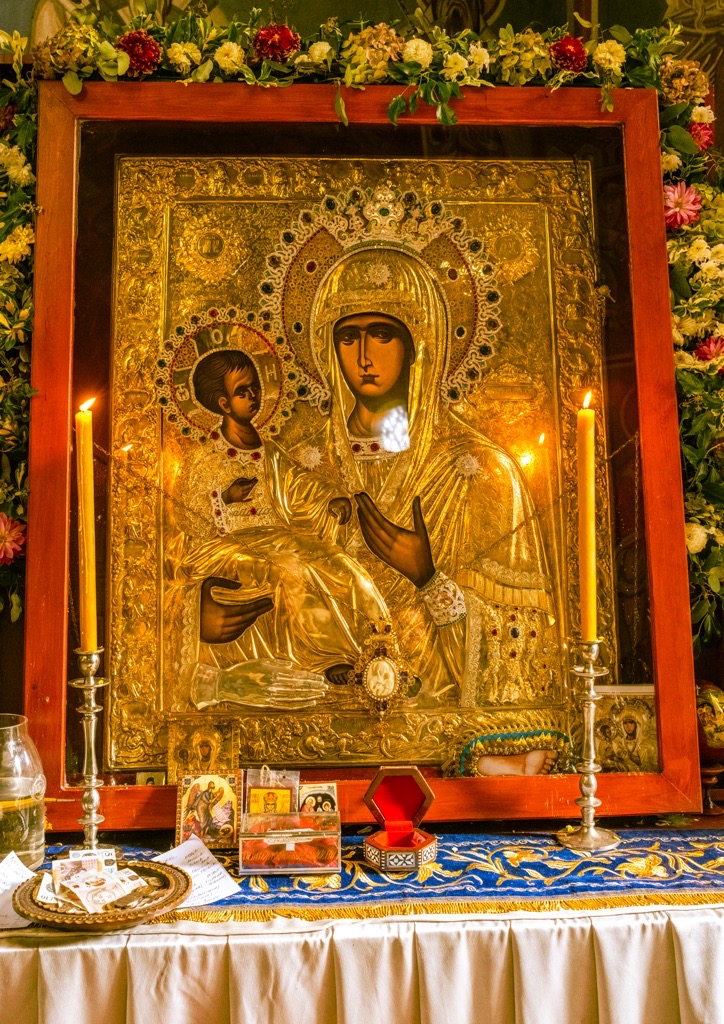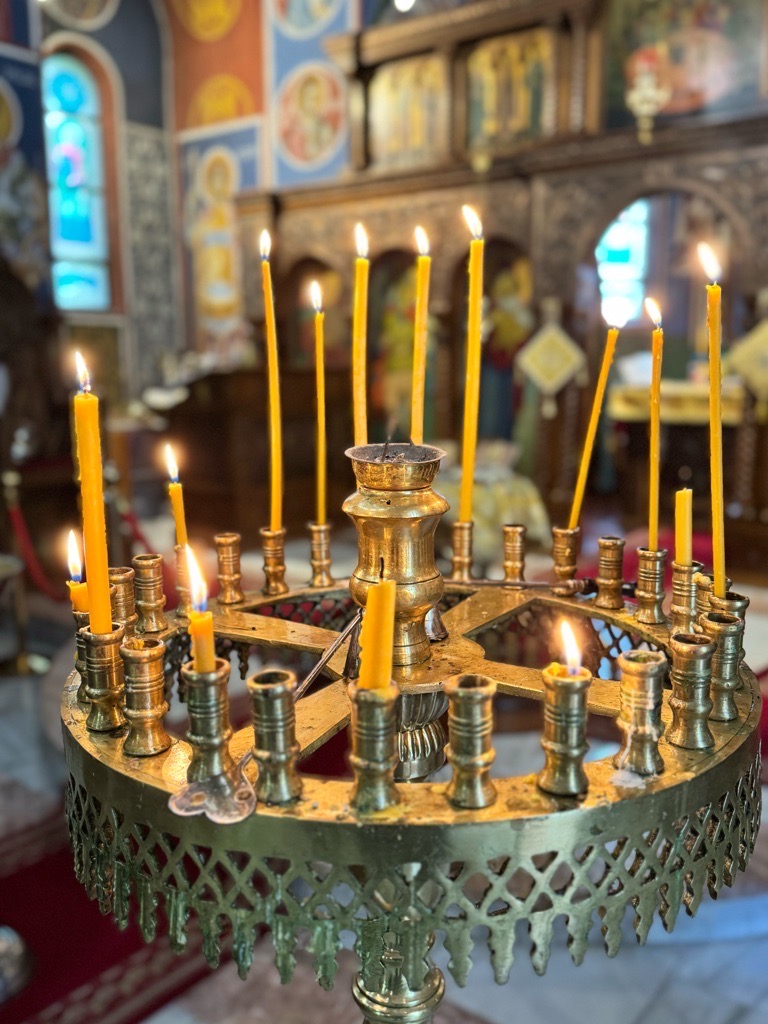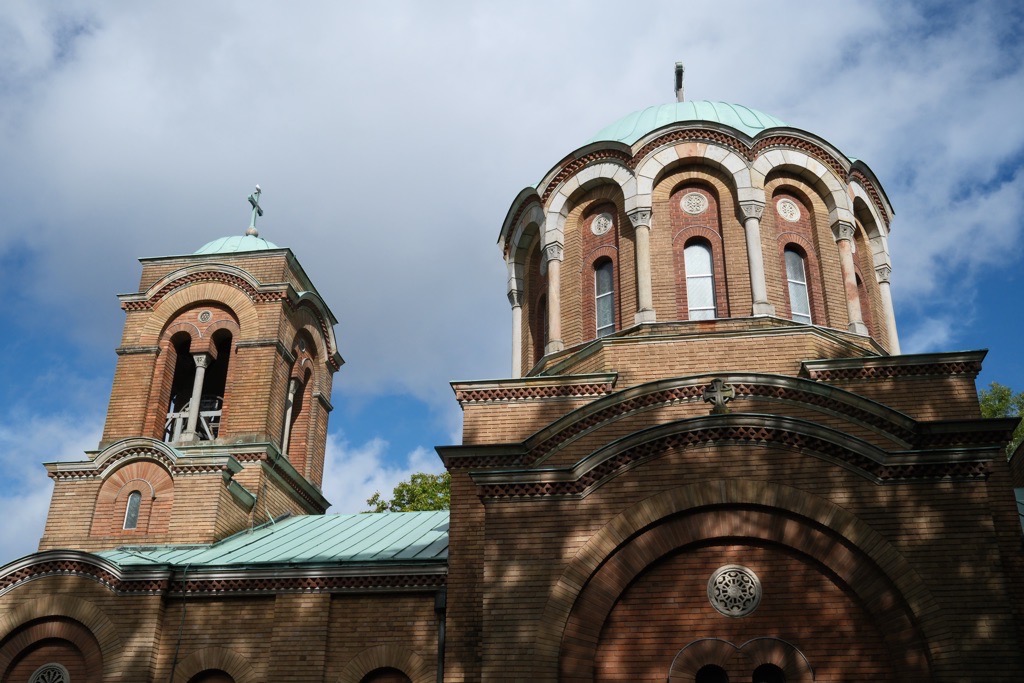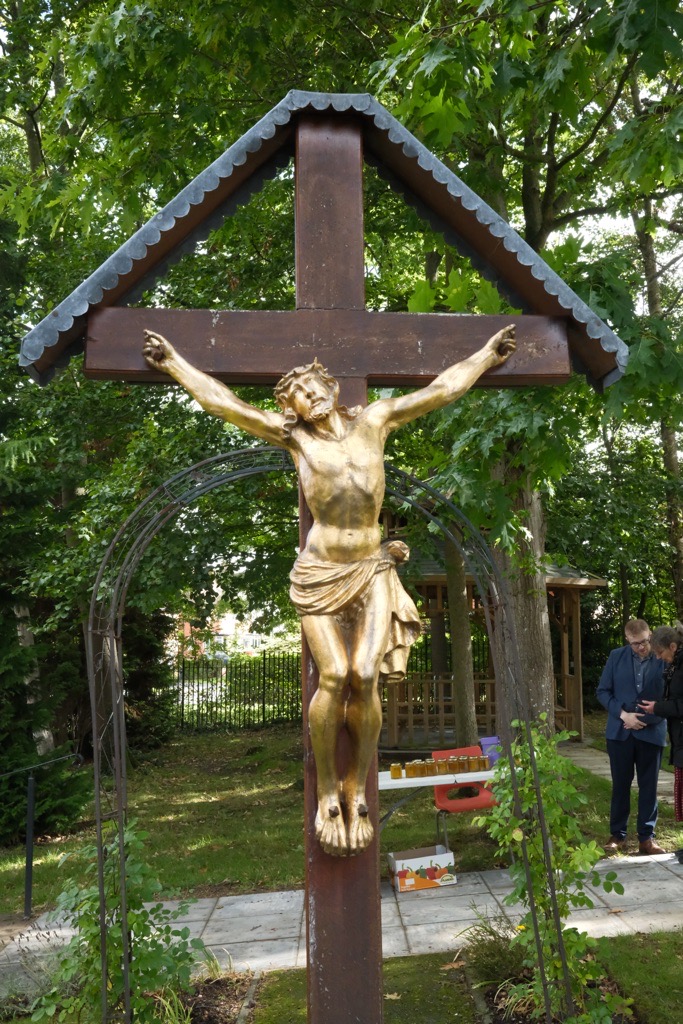St Alban the Martyr Church is situated in Highgate, Birmingham. To get there, I took the No. 35 bus and then walked up the hill towards the church. Birmingham Heritage Week is a highlight of September, offering Birmingham residents the chance to visit places that are normally closed to the public or venues that many may not have considered visiting. The Church of St Alban the Martyr falls into the latter category. Anyone travelling into Birmingham will likely have seen its bell tower, which commands an impressive presence on the approach to the city.
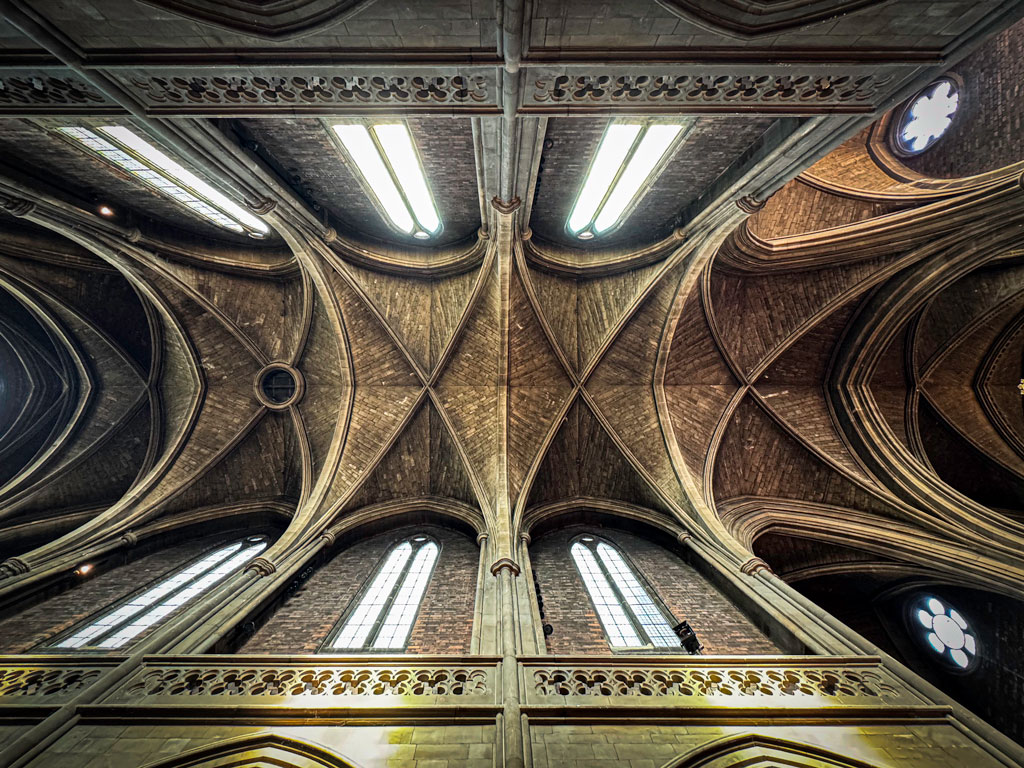

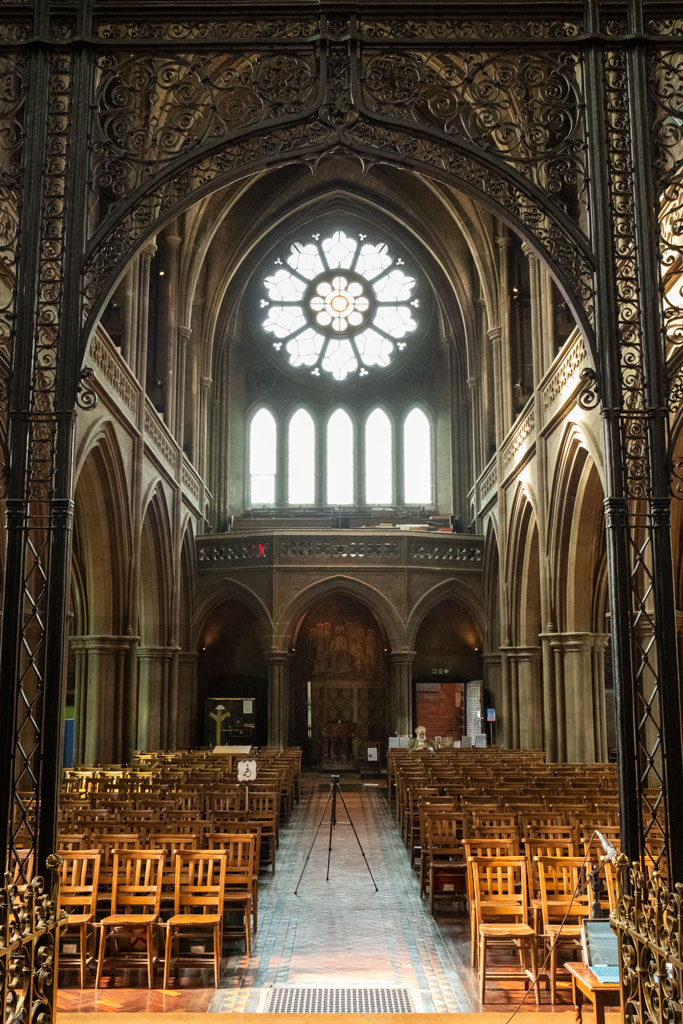

.

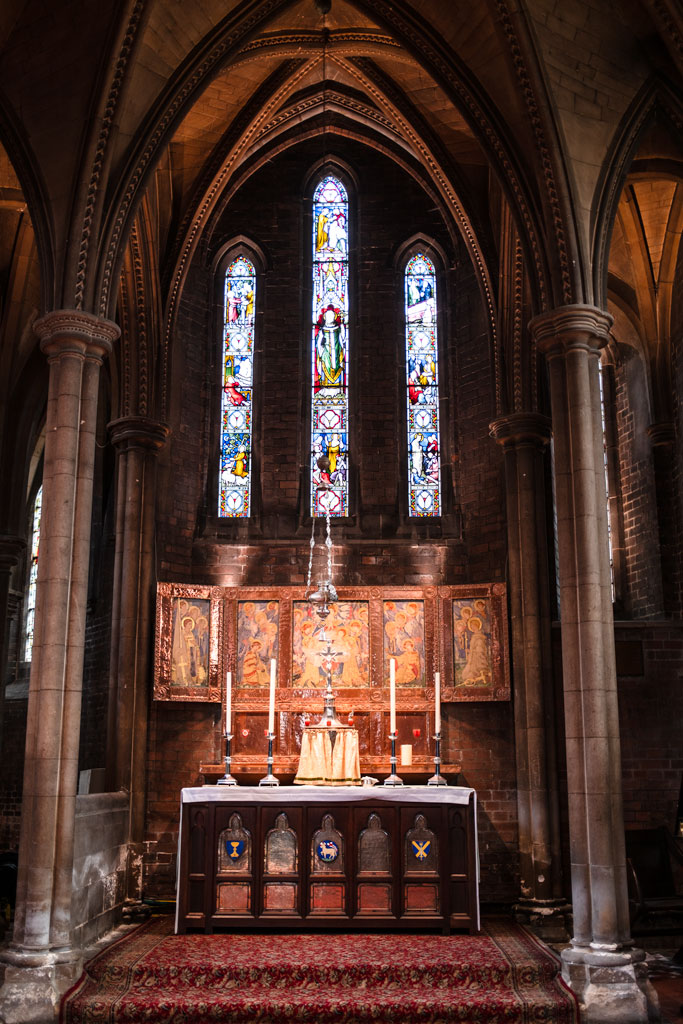
.
This church had been on my list to visit as part of Birmingham Heritage Week. The doors opened for the event, and I visited on a sunny Friday afternoon. On entering, one cannot fail to be struck by the interior architecture. The high stone-vaulted ceiling was designed by J. L. Pearson, a leading 19th-century Gothic architect who also designed Truro Cathedral. Tall stone pillars rise to support the vault, creating a repeating symmetrical pattern. The ceiling is just one of the many highlights of a church rich in treasures. Even the arrangement of chairs echoes the symmetry above, reinforcing the beauty of the space. I was the only visitor at the time, free to savour the majesty of this Gothic design and to take uninterrupted photographs. The play of light through the windows and the soaring ceiling were especially captivating. Adding to the atmosphere, the church was filled with uplifting music. The organist, David Briggs, was once the organist at the church, and now, lives in New York, where he is Artist in Residence at the Cathedral of St John the Divine. He had just dropped in to practise on the church organ, on his way to Germany to give a recital. I was so fortunate to hear him play whilst I was taking photographs of the church.

One of the highlights is St Patrick’s Chapel. The altar is striking, and the surrounding artwork is outstanding. Sisters Kate and Myra Bunce, associated with the Arts and Crafts movement at the turn of the 20th century, created the Bunce Altarpiece (or Reredos) that dominates the chapel. The artwork, painted by Kate Bunce, takes the form of a triptych depicting Christ, angels, and the Virgin Mary. The beaten copper frame was designed and made by Myra Bunce. I found myself drawn to this historic piece, which is now a treasured part of St Alban the Martyr Church.
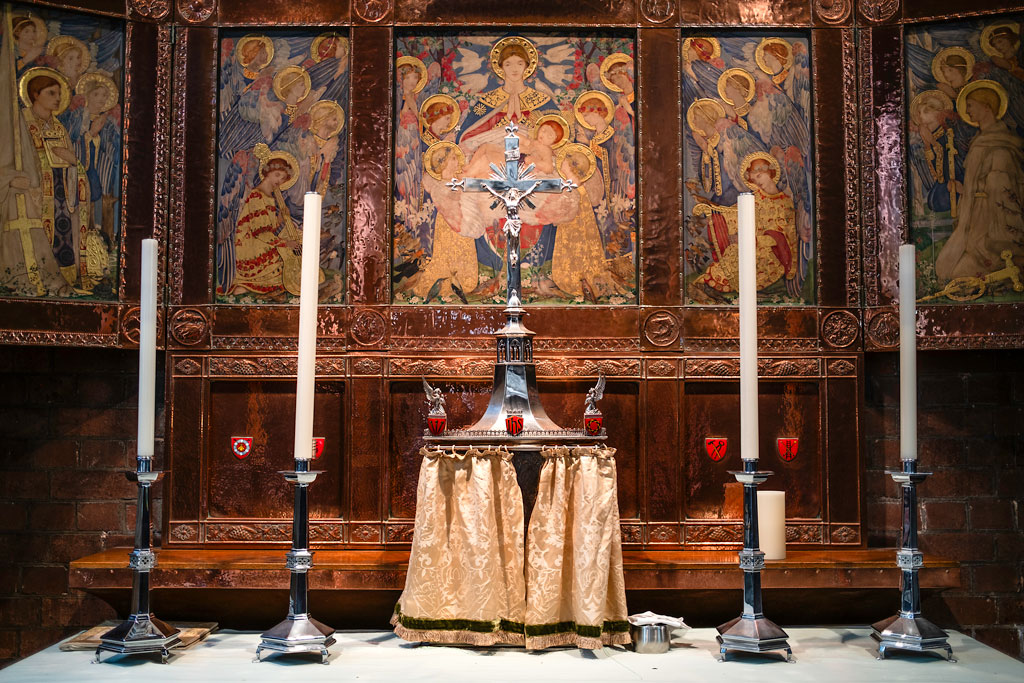
The church community was warm and welcoming. Teas and coffees were served, questions were readily answered, and photography was encouraged. St Alban’s contribution to Birmingham Heritage Week is both valuable and memorable: rich with community history and enhanced by its remarkable architecture and artwork. This should be high on everyone’s list to visit during the Heritage week.

Details
The following are a selection of details that I photographed from around the church. I hope, like me, you find them interesting.
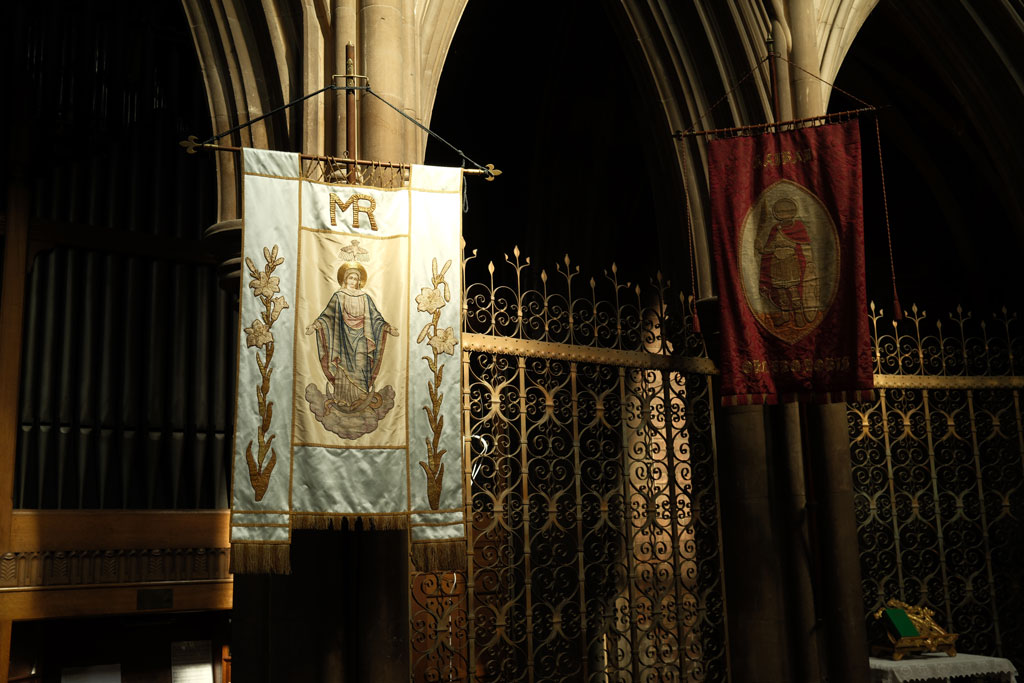
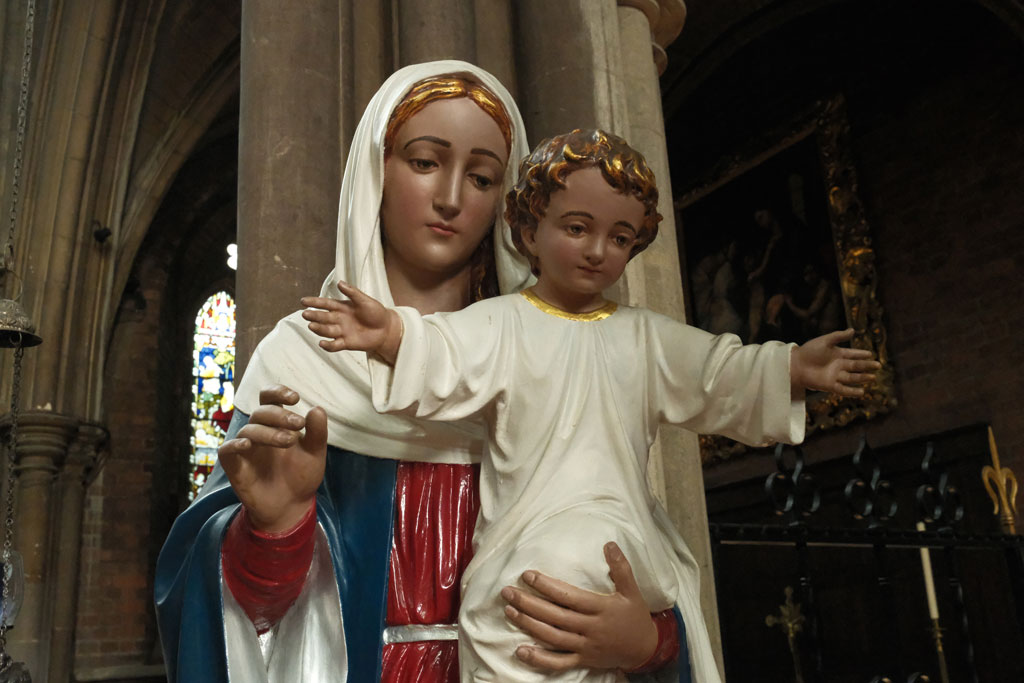

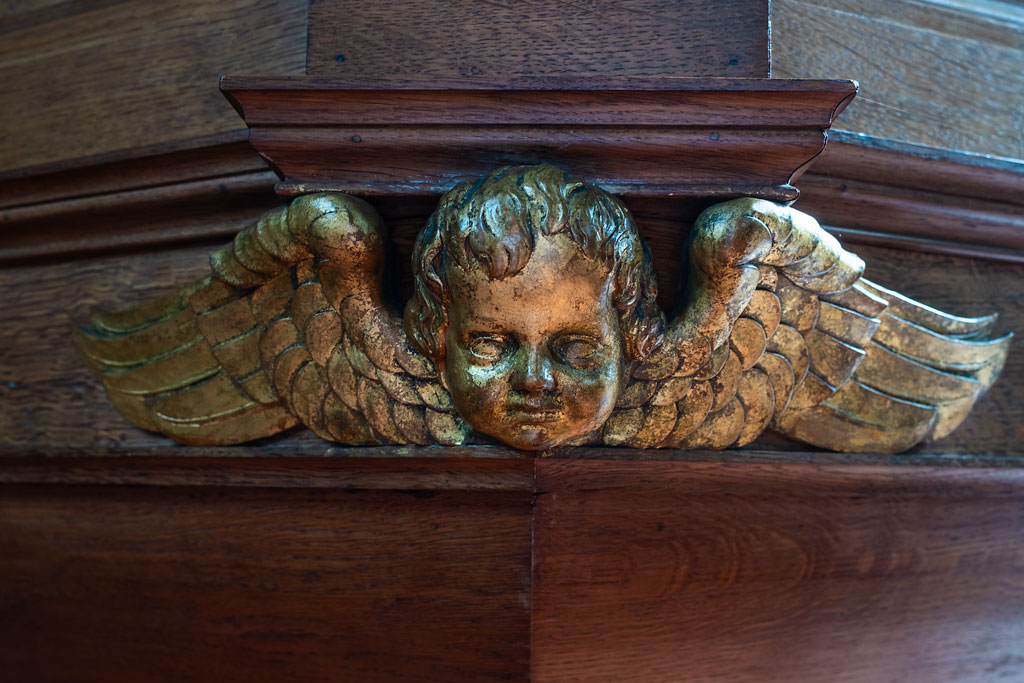
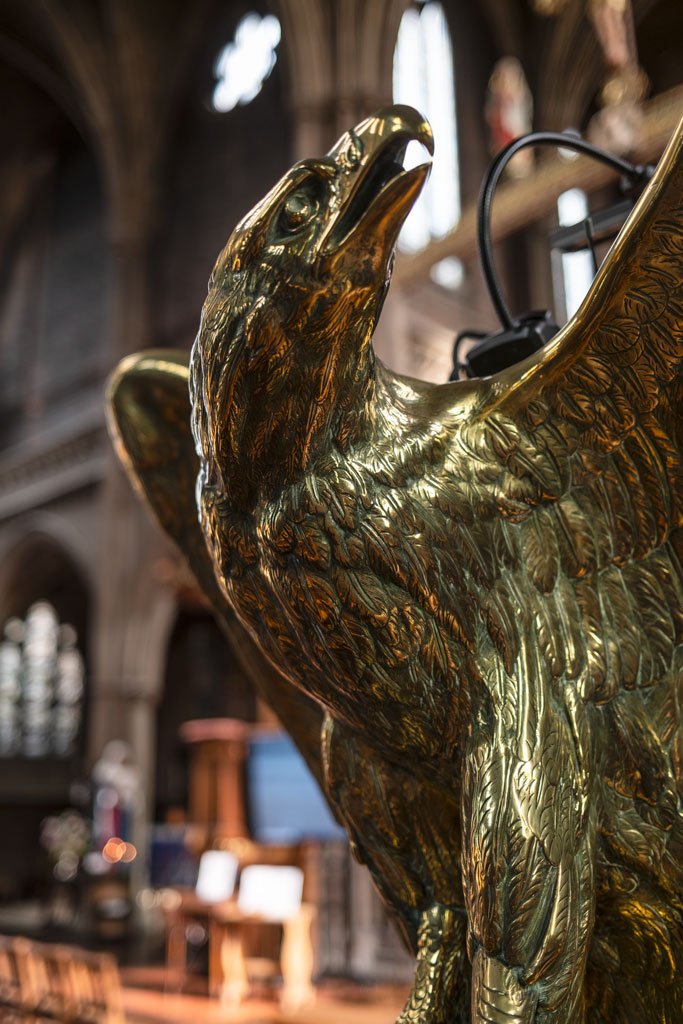
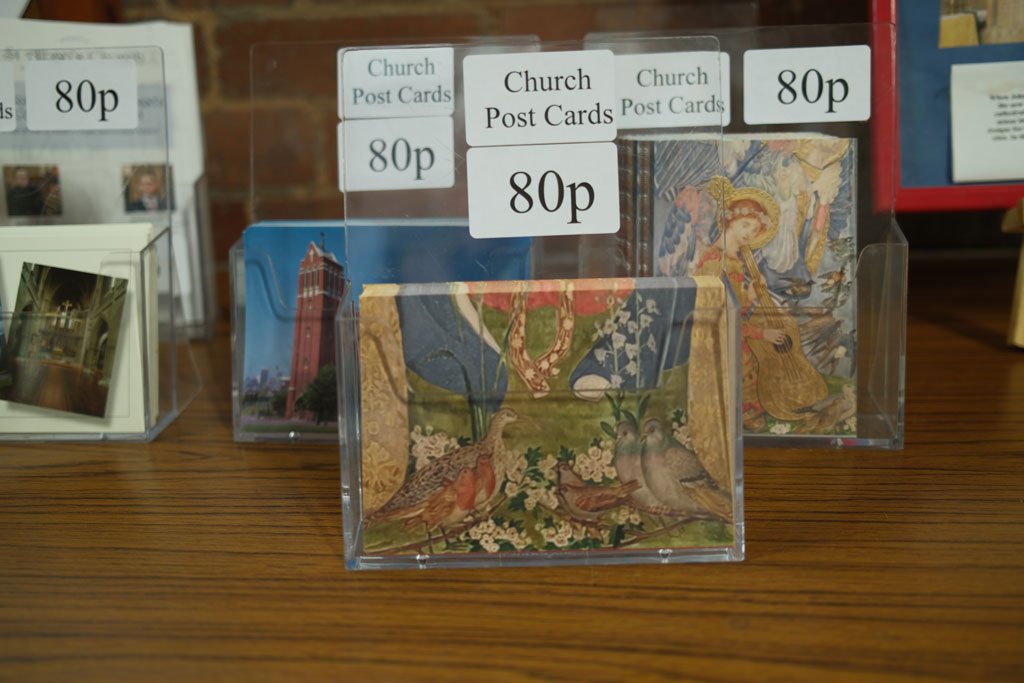
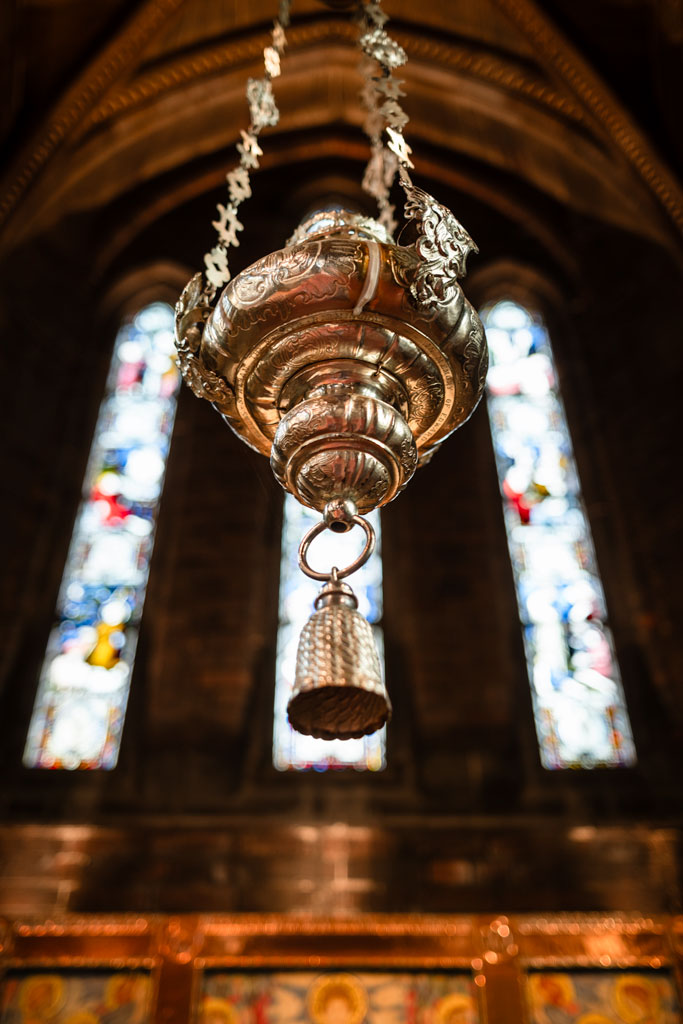
This is one of several churches that I have visited during the Birmingham Heritage Open Week. I include my visit to the Serbian Church of the Holy Prince Lazer for your interest. I also include a link to Birmingham Heritage Week 2025.

